Since the International Atomic Energy Agency’s (IAEA) latest report on Iran’s nuclear program leaked out of its restricted channels on February 26, there has been a steady expression of dissatisfaction, and even alarm, at the relative lack of detail contained in the report. Nonproliferation experts such as Olli Heinonen and David Albright have, rightly, noted that previous IAEA reports on Iran have offered far greater granularity on the technical status of Iran’s nuclear program and its compliance with its international obligations. They have also, rightly, suggested that the absence of such data from the IAEA will make it more difficult for monitors outside of governments to verify the IAEA’s conclusions on Iran’s compliance with its obligations under the Joint Comprehensive Plan of Action (JCPOA) and the IAEA Safeguards Agreement.
Notably, however, no one is suggesting that Iran is not fulfilling its commitments under the JCPOA or the Safeguards Agreement. The argument is about whether the IAEA is telling us enough about how Iran is fulfilling its commitments.
[N]o one is suggesting that Iran is not fulfilling its commitments.
Here, I tend to agree with those who suggest it is better for the IAEA to provide greater detail. After all, the JCPOA was a controversial agreement and will be one for years to come. Just as the JCPOA itself requires Iran to provide substantially more transparency and access to the IAEA in the interest of confirming that Iran is fulfilling its obligations, the IAEA ought to provide transparency to the rest of the world as to what’s going on in Iran’s nuclear facilities. Providing skeptics with proof that Iran is complying is of fundamental importance to the health of the JCPOA (though it is hard to ignore that many who are now upset about the level of detail had previously indicated their dissatisfaction of the JCPOA in the first place). It would also be useful to the Iranians: after decades of suspicion, it is in their interest for the IAEA to report faithfully Iranian compliance—in detail—for the full duration of the deal. And it is manifestly in the Obama administration’s interest, if for no other reason than to prove the JCPOA was a good idea.
Let’s be fair
However, it is unfair to suggest that the IAEA is obscuring facts that would do harm to the JCPOA. For example, the IAEA reported—with its typical candor—that Iran had produced and held slightly more heavy water than it is allotted under the JCPOA (0.9 metric tons above the 130 metric ton threshold), only to ship out more than required shortly thereafter. As a technical matter, this was a violation of the JCPOA. It was also dealt with swiftly and without crisis. The JCPOA worked, but the IAEA was careful to point out a potential problem and its remediation. It is reasonable to expect the IAEA to do the same going forward and it is on this that critics should push their case.
It is also unfair to suggest that the IAEA is deviating from standard practice. If anything, the IAEA’s standard practice is to withhold such details—as littered previous IAEA reports—in response to the requirement of safeguards confidentiality enshrined in the IAEA Charter and the Safeguards Agreement that Iran signed decades ago. Interestingly, the IAEA’s latest report was itself a leak, one of dozens of unauthorized releases of these reports over decades. To argue that “leaks” are an unreasonable way to obtain IAEA information on Iranian compliance is to ignore that they have been such all along. But, the IAEA process has been very clear: until the IAEA Board of Governors votes to release a report publicly, it should remain confidential. Iran and the Non-Aligned Movement (NAM) countries complained for years that IAEA confidentiality was already being violated with reckless abandon. It is not surprising that, in deference to the many other countries that make up the IAEA, the IAEA would choose to move back to a more typical protocol for handling confidential Iranian information.
[T]he IAEA is an objective, international institution—and if we wish it to continue to get the access and cooperation necessary to fulfill its commitments, it must remain such.
And, this takes me to the last unfair criticism being thrown around: that the United States had anything to do with the decision to limit the details in the report. I do not know if it did or if it did not. But, I do know that in my 12 years of working with the IAEA on the Iran file, there were countless IAEA reports that contained information or statements with which the United States disagreed. The IAEA wrote its own reports, on its own schedule, and included what information it thought appropriate under its organizing principles, even if the United States disagreed and thought that Iran was getting off easy. However, the IAEA is an objective, international institution—and if we wish it to continue to get the access and cooperation necessary to fulfill its commitments, it must remain such.
The IAEA’s task under the JCPOA and Iran’s Safeguards Agreement is critical to build international confidence in the exclusively peaceful nature of Iran’s nuclear program, which itself is vital for us all to believe—when core JCPOA restrictions end—that Iran’s nuclear program is no longer a threat to international peace and security. Providing technical details on the nuclear program to the broader international community is in Iran’s interest, the IAEA’s interest, the U.S. interest, and the world’s interest. And, as the IAEA showed with its reporting on Iranian heavy water, it is fully prepared to provide information where Iran acts in a way that’s inconsistent with its obligations. But, suggesting that the JCPOA is flawed because the IAEA is offering less detail—but no less authority—on Iranian compliance with the JCPOA is wrong.
The Brookings Institution is committed to quality, independence, and impact.
We are supported by a diverse array of funders. In line with our values and policies, each Brookings publication represents the sole views of its author(s).

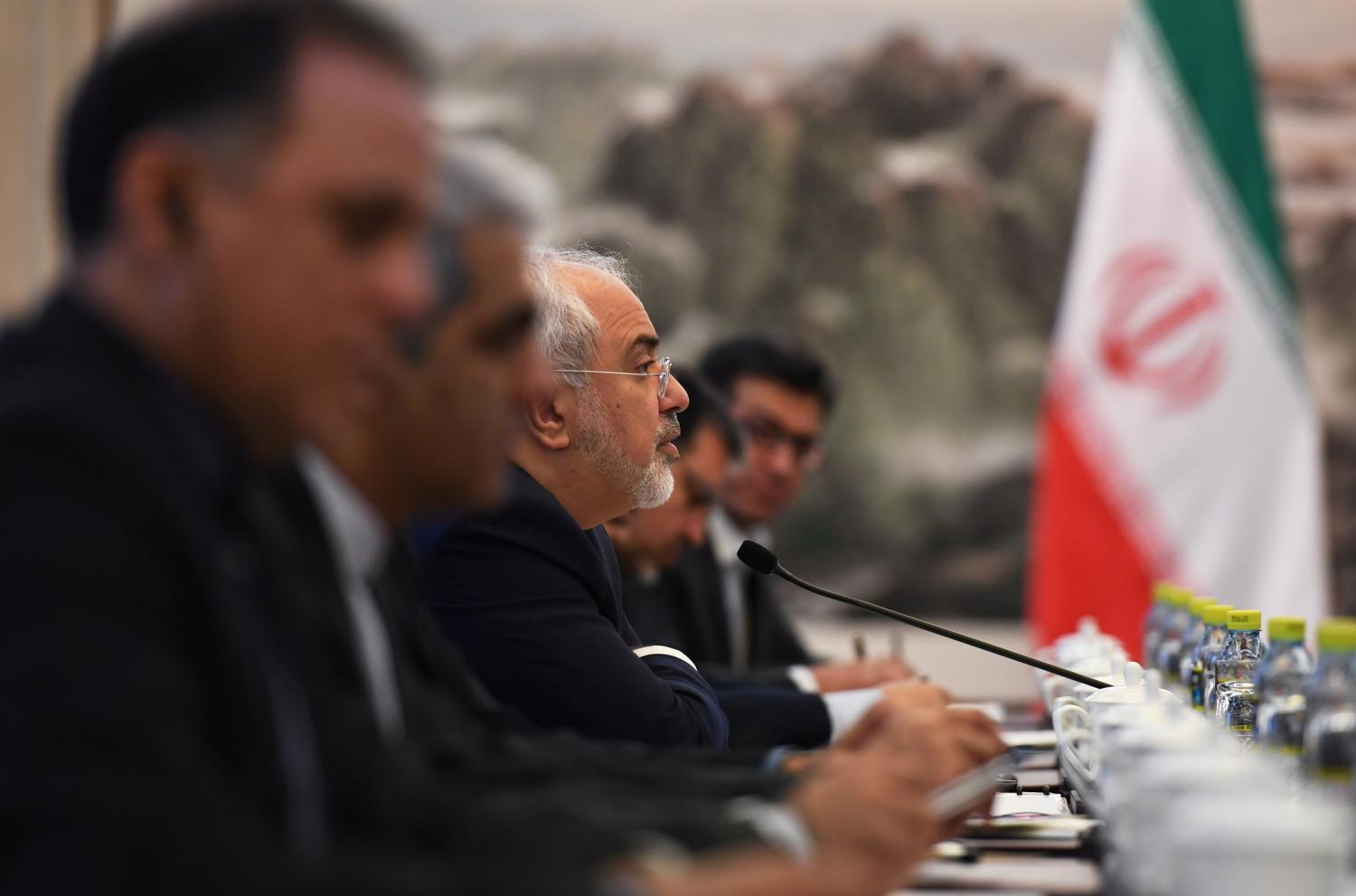
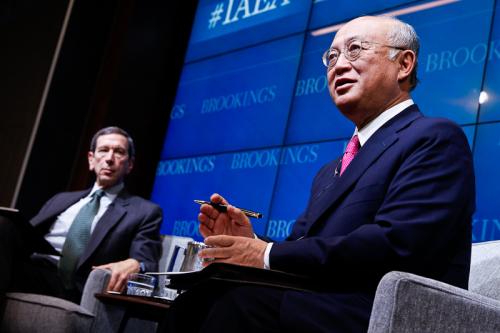
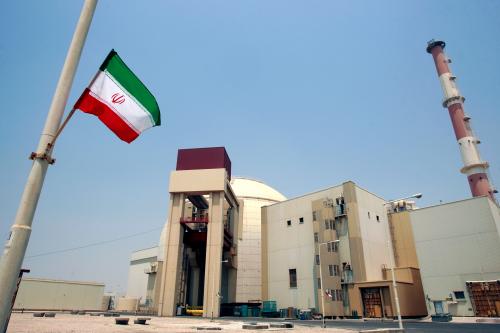
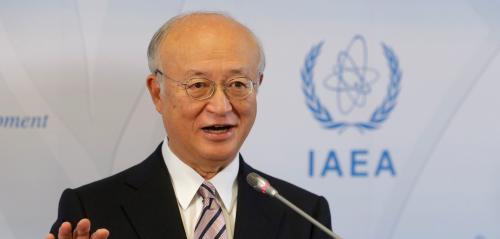
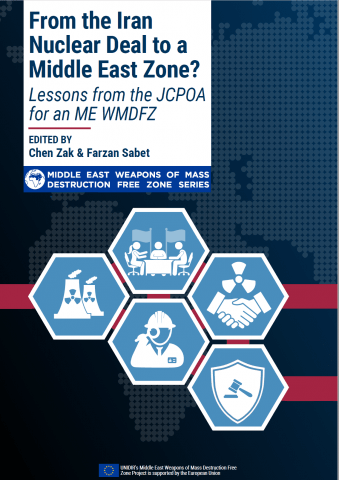
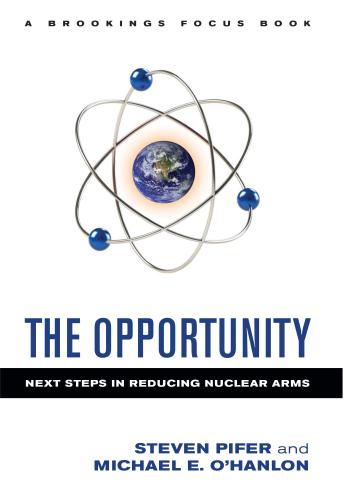




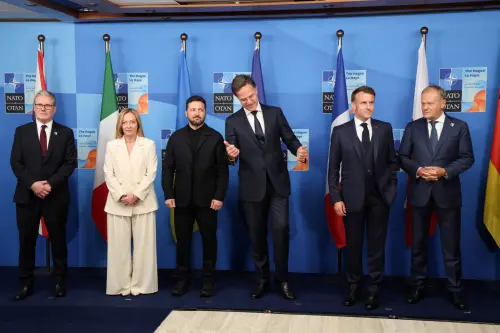
Commentary
Devil in the details? Why the latest IAEA report kerfuffle is overblown
March 8, 2016